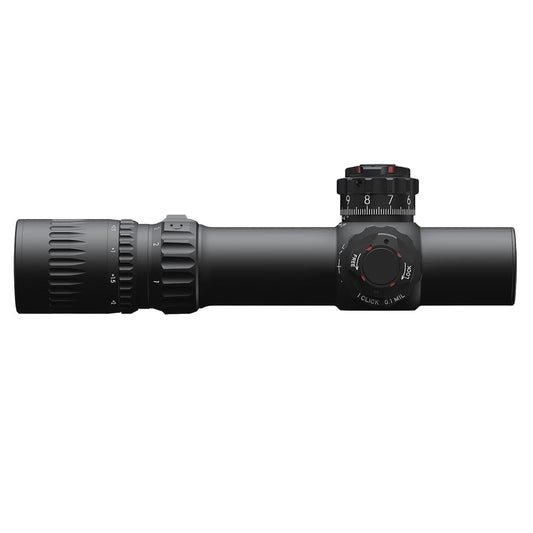
March Compact Tactical Shorty Gen II 1-10x24 FFP DR-TR1FB Reticle 0.1MIL 6Level Illum Riflescope D10SV24FDIMLX-DR-TR1FB
Regular price
$2,973.50

Here’s some of our most similar products people are buying. Click to discover trending style.